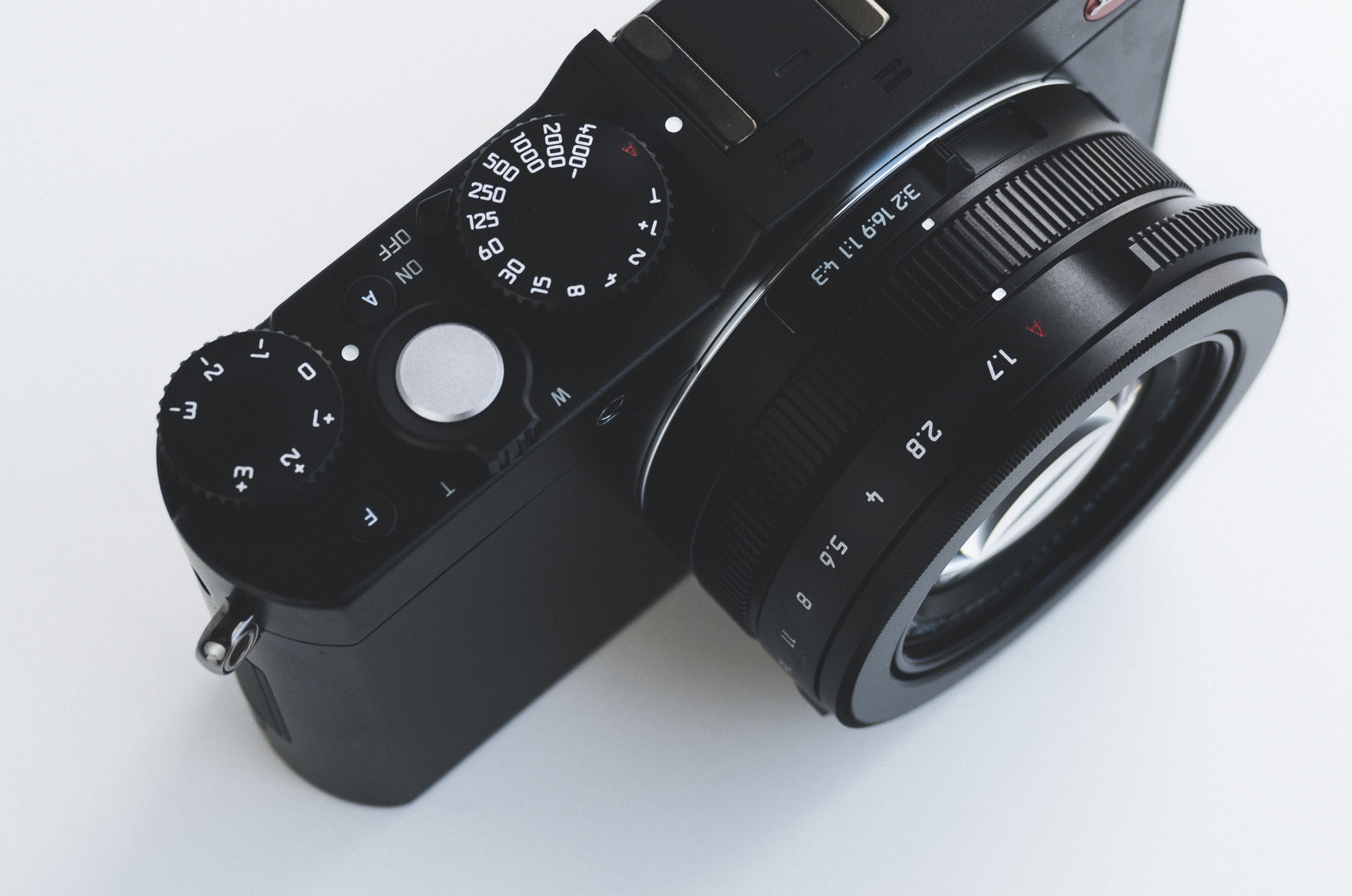The Jawbone UP24 is an interesting fitness tracker which lacks many typical features of wearables, such as a screen or display of any kind, yet somehow remains extremely useful and functional even without such features.
Instead of relying on a screen, notifications are delivered to the user via vibration. This is a concept similar to that of a cellular phone set to "vibrate" instead of ring. The vibrations can mean several different things depending on the programming you choose, but these alerts can initially be a strange sensation for the wearer.
The two best features of this fitness band, at least in my opinion, are the sleep tracking and the food logging. I plan to buy an Apple Watch when it comes out (along with a few million other people) and that will have various fitness tracking capabilities which will undoubtedly integrate seamlessly with my iPhone 6 Plus. So, why did I buy the Jawbone UP24? Because I think it offers a feature set which will not be made redundant the upcoming Apple Watch, perhaps most important of these being sleep tracking, which the watch may not do since it must be recharged nightly (assuming you wore it all day). Battery life is one area where the UP24 excels. It is not an exaggeration in my recent use of the UP24 to say that the battery lasts over a week, easily, and at one point the app indicated approximately 10 days of battery life were expected. Update: Just recharged it again, and it estimated 14 days remaining. I would still say 10 at the very least, based on my experience over the course of more than a month (wearing it all day and at night, seven days a week).
The Jawbone app is essential to the function of the UP24, especially since there is no screen on the device. That being said, I'd much rather look at a huge, nice iPhone display than an 8-bit readout that looks like it's from a vintage digital watch. The main screen you will see (left) indicates your sleep (purple) and steps (orange) by percentage of your "daily goal" and also a total count. Below those two indicators, you will see tips on how to improve your lifestyle / health and eating habits. Most of them are actually quite useful and interesting. Behind the main screen is the one seen here on the right, which indicates the various custom settings and parameters you choose for the fitness band to alert or remind you of various things. Alarms, inactivity warning or "Idle Alert," even reminders to eat can be set here. Overall a fairly useful pair of screens to control the Jawbone UP24.
Almost everything was good about my experience with this fitness tracker. What bothers me about it? Annoying alarm functions: If I am asleep, why does it wake me up and then tell me to go to sleep? Not really in the category of "cons," it's really more of just a "quirk" or minor complaint. But a couple of times, when I went to bed earlier than the preset time I selected in the app, the UP24 would vibrate (when I was already asleep, and had put it in sleep mode) to remind me that it was "time for bed." Thanks wristband, but I already told you I was going to sleep by pressing the button for sleep mode.
Overall, this is a great fitness tracker and I will keep it even with the Apple Watch coming out soon. I really like the corresponding app for the Jawbone UP24 and I think it makes a more complete package that way, even without a display on the actual band.
Thanks for reading this review, and I hope it helped you decide one way or the other regarding the Jawbone UP24 fitness band. If you have questions, feel free to leave a comment in the section below. I will have more reviews coming soon, so feel free to subscribe via email on the right side of this page (I will not email more than once every two weeks with updates) and be sure to check back soon for more!
Below is a link to the one I bought on Amazon, and I do get a very small percentage if you buy your UP24 or anything else on Amazon via this link (which I greatly appreciate, and all the money will go toward Amazon credit to buy more equipment for review in the future)
The links are for the Medium size, in red (which I have) and black or "Onyx" as they call it. If you have a relatively small or large wrist size, I would suggest searching for the other options, but measure your wrist and check each product description just to be sure of a good fit.












